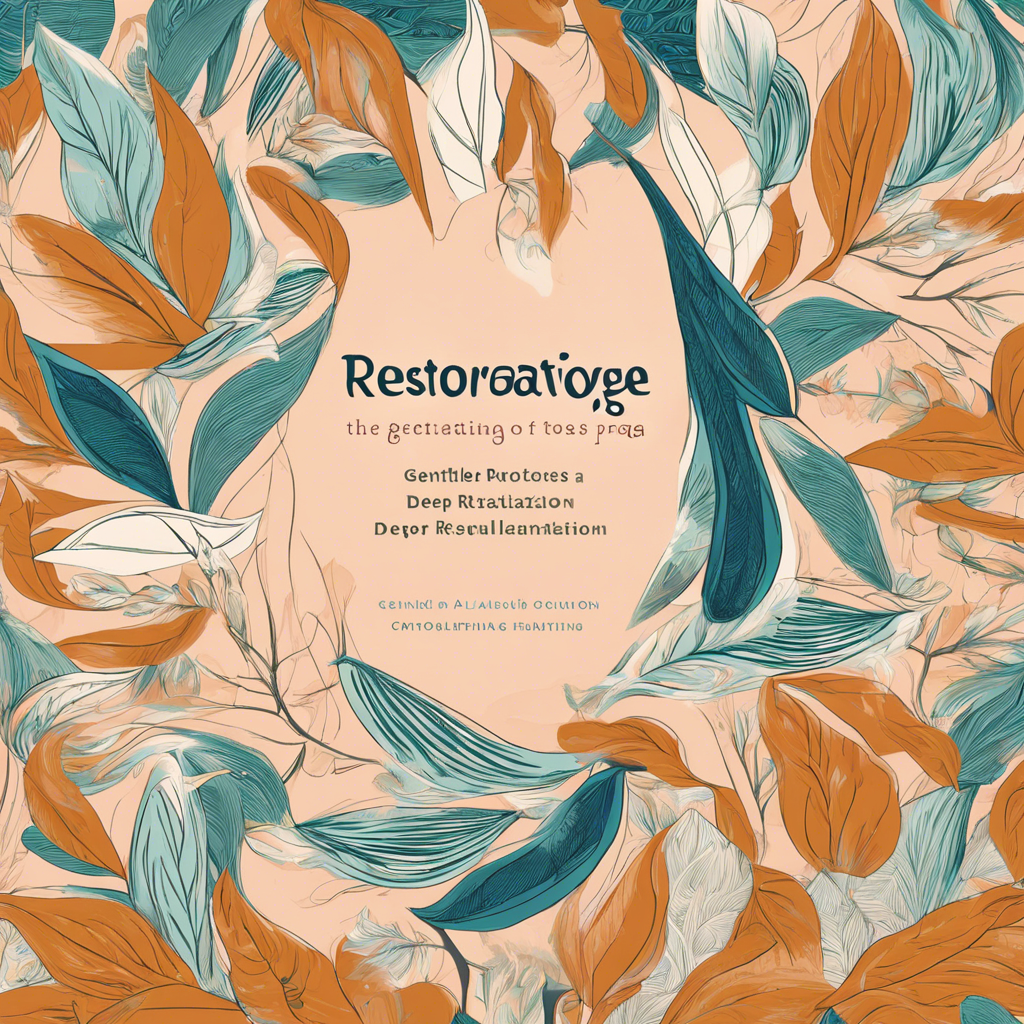Restorative yoga is a gentle, therapeutic style of yoga that invites students to slow down, relax, and restore both their body and mind. This practice emphasizes supported, passive poses that promote deep relaxation and facilitate the body’s natural healing processes. Unlike more active forms of yoga, restorative yoga is all about slowing down and opening the body through passive stretching.
During a restorative yoga class, students will typically hold a small number of simple poses for several minutes at a time, often with the support of props such towels, blankets, blocks, and bolsters. These props help to ensure that the body is comfortable and supported, allowing students to fully relax and release tension from their bodies. This style of yoga is suitable for all levels of practitioners and is particularly beneficial for those seeking stress relief, improved sleep, and an overall sense of calm and well-being.
One of the key benefits of restorative yoga is its ability to activate the parasympathetic nervous system, often referred to as the “rest and digest” system. In our fast-paced and often stressful modern lives, many of us spend a lot of time in a state of sympathetic nervous system dominance, or the “fight or flight” response. Restorative yoga helps to counterbalance this by stimulating the parasympathetic nervous system, promoting a sense of calm and relaxation throughout the body and mind.
The practice of restorative yoga is often described as “active relaxation.” While the body is supported and at rest, the student remains gently active by focusing on their breath and bringing awareness to the sensations in their body. This combination of physical relaxation and mental focus can help to calm the mind, improve concentration, and enhance overall mental well-being.
Another benefit of restorative yoga is its ability to improve sleep quality. The passive, supported poses help to relax the body and calm the mind, providing a natural remedy for those who struggle with insomnia or disrupted sleep patterns. Additionally, the deep relaxation induced by restorative yoga can help to reduce fatigue and increase energy levels during the day.
In addition to its mental benefits, restorative yoga can also help to gently stretch and open the body, improving flexibility and mobility over time. The supported poses are especially beneficial for those who may be recovering from injury or dealing with chronic pain, as they provide a way to safely and gently increase range of motion without putting strain on the body.
Restorative yoga is often taught as a weekly drop-in class or workshop, and students are usually instructed to set up their props at the beginning of class and then move through the poses at their own pace. This self-guided approach allows students to fully embrace the relaxation benefits of the practice and adapt the poses to their individual needs.
Whether you’re seeking stress relief, improved sleep, or simply a moment of calm in your busy week, giving yourself the time and space to practice restorative yoga can offer a range of physical and mental benefits that will leave you feeling refreshed and rejuvenated.
